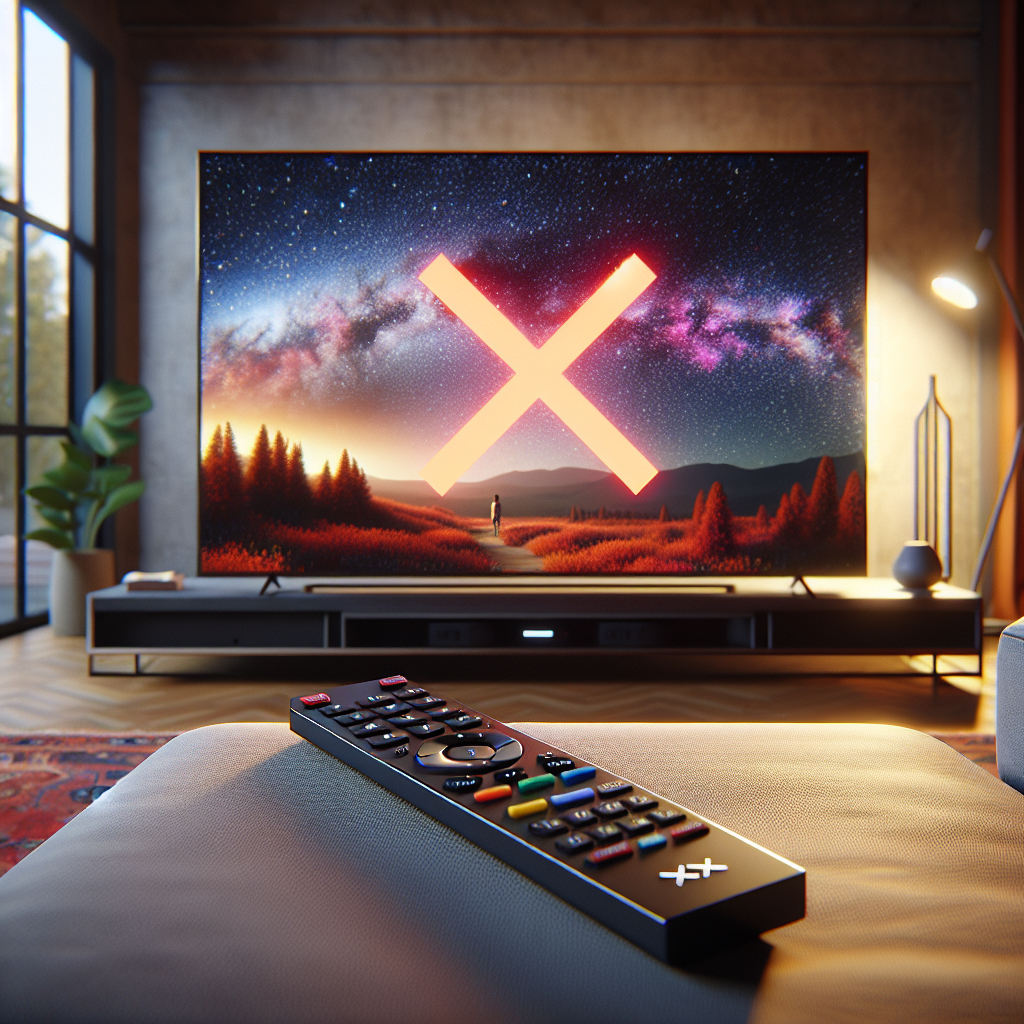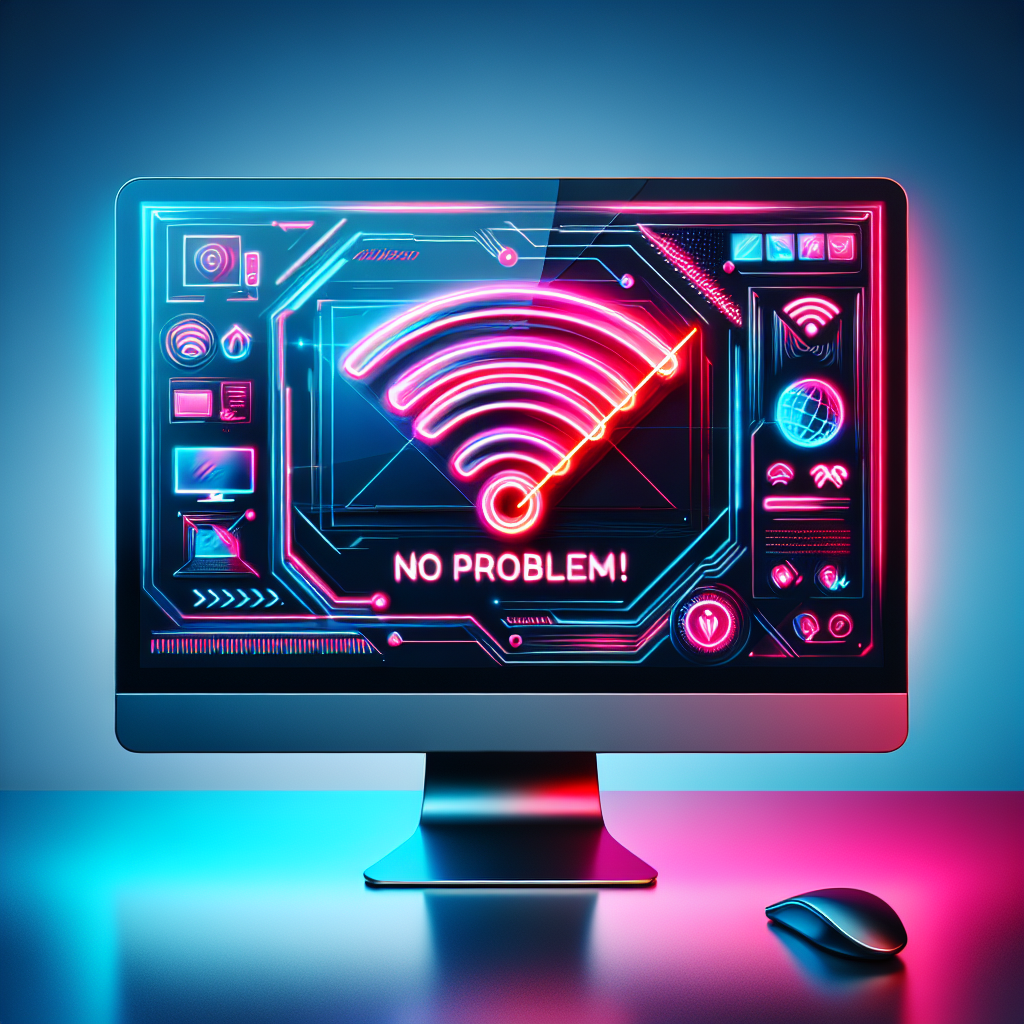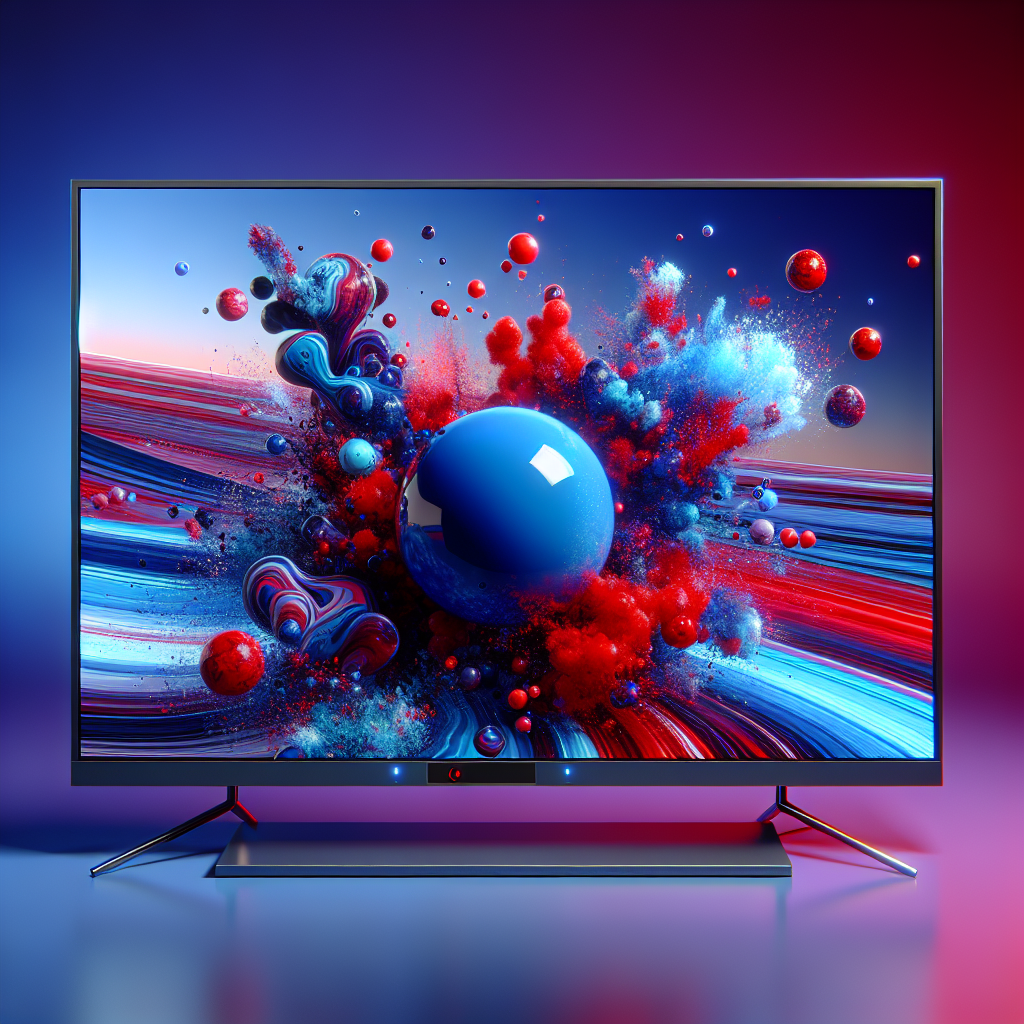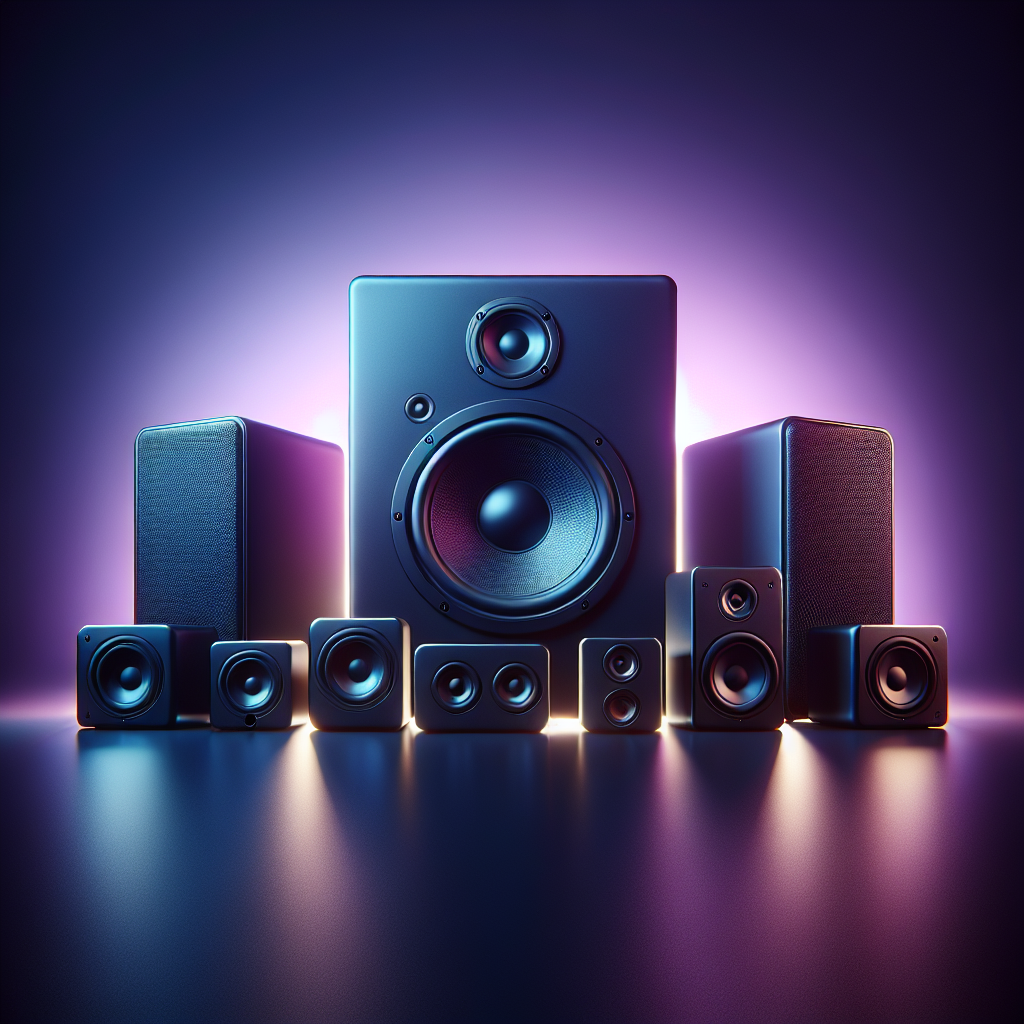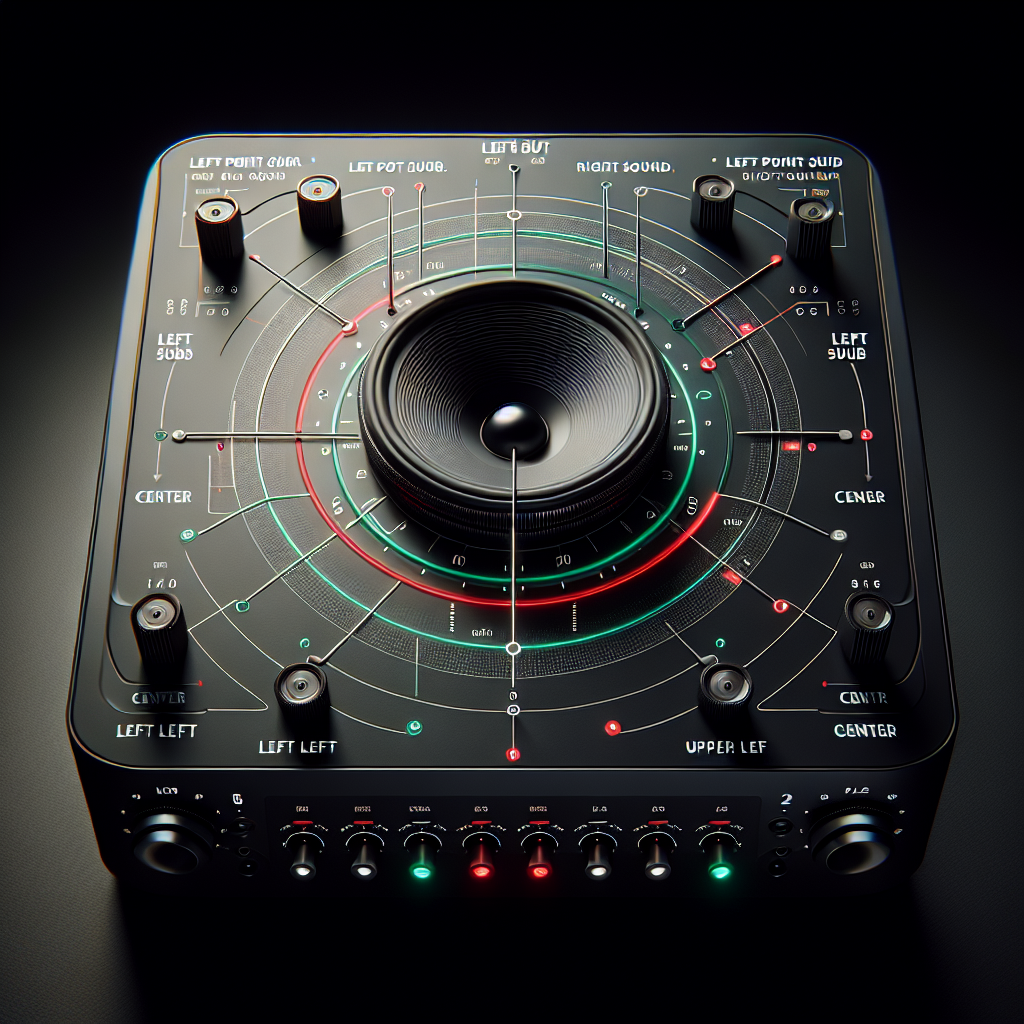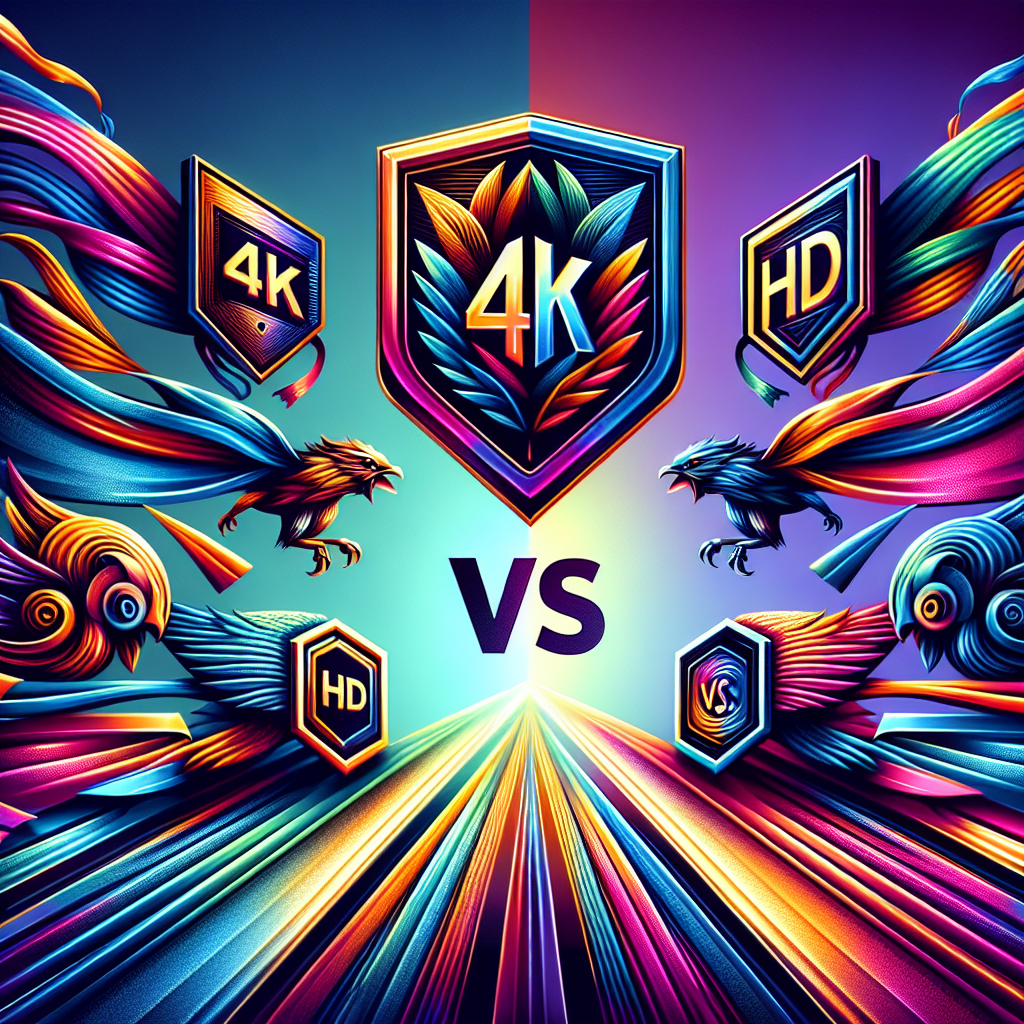Understanding HDMI Splitter vs HDMI Switch: A Guide to Enhancing Your Home Entertainment
Have you ever faced the dilemma of wanting to connect several gaming consoles or devices to your TV but finding yourself restricted by the limited number of HDMI ports? It’s a common problem for many, but fortunately, it’s one with a simple solution. The key lies in knowing the difference between an HDMI splitter and an HDMI switch, and how to use them effectively to expand your home Entertainment setup.
What is an HDMI Splitter?
An hdmi splitter is a device that takes a single HDMI input and duplicates it to multiple outputs. This is perfect for when you want to display the same content on multiple screens. An active HDMI splitter and its counterpart, the passive HDMI splitter, are the two types you’ll encounter. Active splitters are ideal for longer cable runs or when connecting to multiple devices, offering enhanced power to ensure clear audio and visual output without losing quality.
- Active HDMI Splitter: Requires external power, better for long distances and multiple outputs.
- Passive HDMI Splitter: No external power required, suitable for shorter distances and fewer outputs.
How to Effectively Use an HDMI Splitter
Choosing the right HDMI splitter setup depends on your specific needs. For setups with long cables or several devices, an active HDMI splitter is recommended. It ensures that you can enjoy high-quality audio and video, even over long distances, without interference. Setting up is simple: connect the source to the splitter and then connect the splitter to your multiple displays.
Selecting the Best HDMI Switch for Your Needs
On the other hand, an HDMI switch gathers multiple HDMI inputs from your devices and allows you to choose which single input is displayed on your TV. This is especially useful if your TV has a limited number of HDMI ports but you have multiple devices you wish to connect. The process of HDMI switch setup can be seamlessly integrated into your entertainment center, providing easy access to all your devices with the flip of a switch.
Benefits of Using an HDMI Switch
With an HDMI switch, the convenience of connecting multiple devices like gaming consoles, DVD players, and soundbars becomes a reality. Unlike the splitters, switches do not duplicate the Signal but rather, funnel multiple inputs to a single output, allowing for a cleaner setup and easier device management.
Furthermore, most HDMI switches are designed to counteract signal degradation, ensuring that your HD content maintains its quality regardless of the source.
Comparison Table: HDMI Splitter vs HDMI Switch
| Feature | HDMI Splitter | HDMI Switch |
|---|---|---|
| Function | Duplicates signal to multiple outputs | Selects from multiple inputs for a single output |
| Use Case | Showing the same content on multiple screens | Connecting multiple devices to one screen |
| Power | Active splitters require external power | Usually powered by the HDMI source |
| Price | Varies, active splitters are more expensive | Generally cost-effective |
Conclusion: Enhancing Your Viewing Experience
Understanding the difference between an HDMI splitter and an HDMI switch is the first step towards creating a versatile home entertainment system. Whether you’re looking to display content across multiple screens or simplify the connection of various devices to your TV, these devices offer effective solutions. Remember, the choice between an HDMI splitter vs HDMI switch largely depends on your specific needs and setup requirements. Empower your entertainment system today by choosing the right device for your home.

